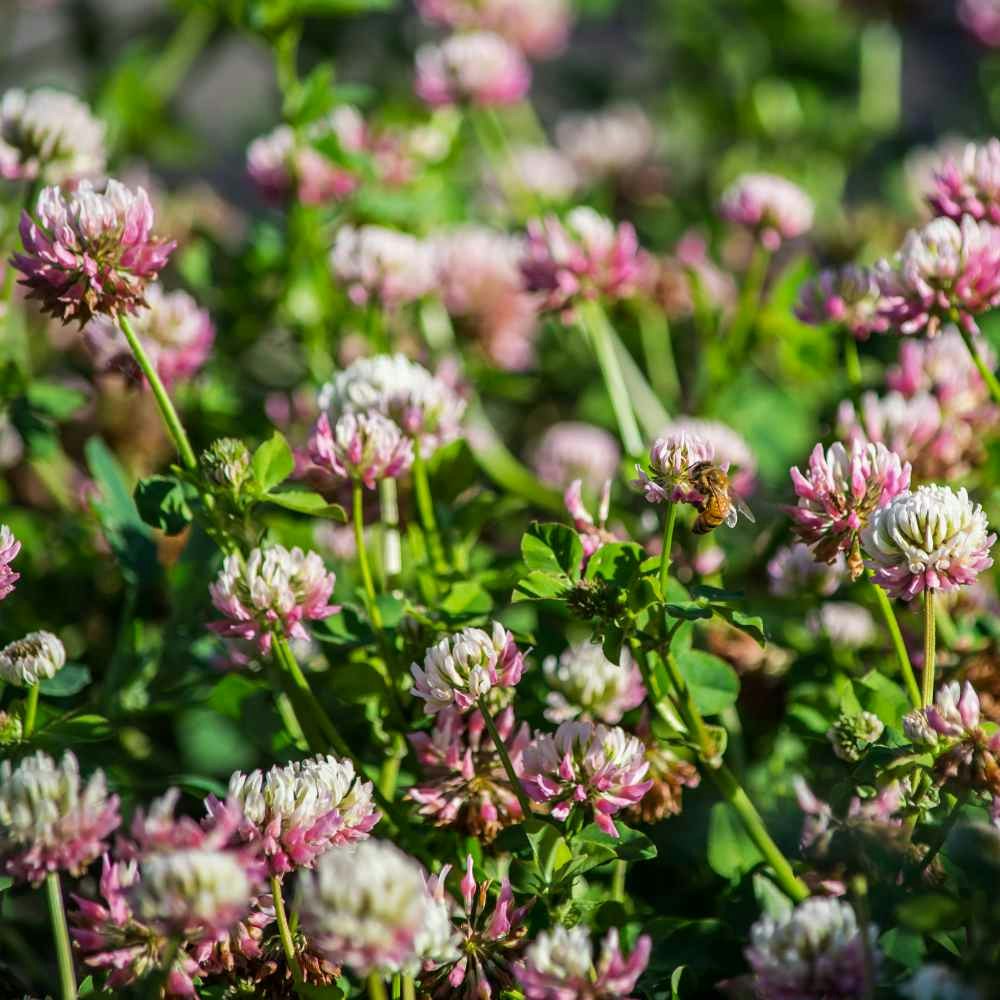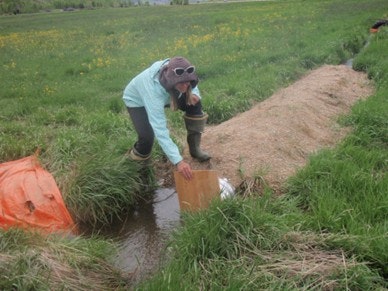Advice from Mark: Spring Pasture/Hayland Management Tips
I asked Mark Volt, our District Conservation Technician, to give his best spring advice. He had two tips for ag producers...

1. Interseed some legumes/clover before dragging.
Legumes are protein-rich nitrogen-fixers, meaning that they can produce their own nitrogen with the help of soil bacteria. In a perennial grass and legume mixture, legumes not only supply their own N, but approximately 36% of the N needs of the grass plants growing alongside them.
Soil quality benefits of legumes include: increasing soil organic matter, improving soil porosity, recycling nutrients, improving soil structure, decreasing soil pH, diversifying the microscopic life in the soil, and breaking disease build-up and weed problems of grass-type crops.
2. In dry years (especially if you are on a small creek) remember “Cold WET water is better than DRY warm water”!

In essence, it is better to get the water on early rather than wait and have your water dry up before your grass is ready.
By turning on early, you have a better chance of filling up the water table and maintaining moisture for longer than waiting till the dry summer heat takes too much of a toll on your field. When your fields and ditches are clear of snow, it is a good time to turn on the water (at least in dry years).
